Seize Control of the Galaxy with Eclipse
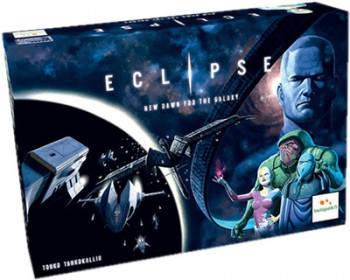 I spent the better part of last year trying to track down this game. I first heard about it via the excited chatter at BoardGameGeek, where it bubbled near the top of their Board Game Rank, displacing such beloved games as Settlers of Catan, War of the Ring, and Civilization.
I spent the better part of last year trying to track down this game. I first heard about it via the excited chatter at BoardGameGeek, where it bubbled near the top of their Board Game Rank, displacing such beloved games as Settlers of Catan, War of the Ring, and Civilization.
And, of course, it was no longer available. Released in 2011, the first printing sold out in record time and what few copies were still in the channel were commanding $200 or more. Publisher Asmodee announced it would not be available again until the second edition (which fixed some minor gameplay and production issues) was ready in late 2012.
It was a long wait. And the temptation to spring for one of those rapidly vanishing first edition copies was strong – especially as the year rolled on and there was no sign of the new edition. But patience is its own reward, or something. Anyway, it finally arrived, and I now have a copy in my hot little hands.
Eclipse is a game of interstellar conquest and intrigue, meaning you move starships around a colorful board and blow stuff up. That’s really all I needed to know to want a copy more than life itself. But we have a little room left, so I’ll pad this out by copying some stuff from the back of the box.
Apparently you can play as one of several races. I’m guessing the chubby green guy, blue alien, and bald supermodel on the cover are just a few of the choices. I picture my race of supermodels conquering the galaxy in slender battlecruisers, crushing all opposition beneath their stiletto heels, and suddenly I understand why copies were going for $200. I mean, damn. Now I want two copies.

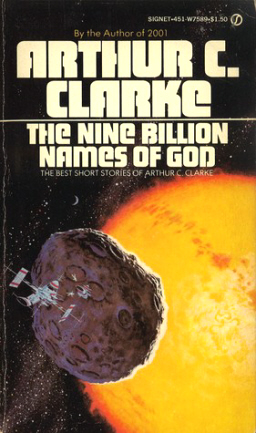
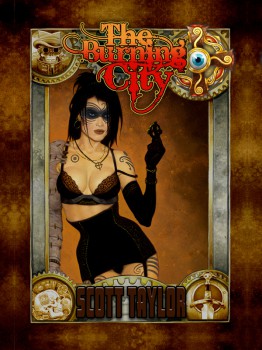


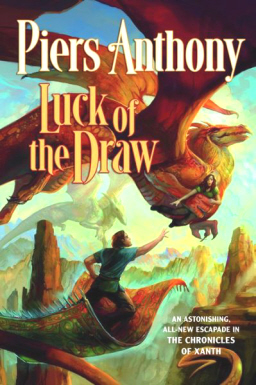
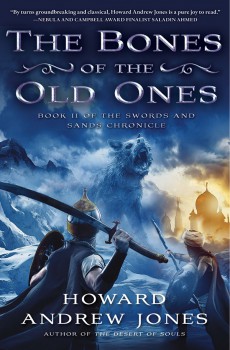 The editors and staff of Black Gate are very proud to note that the Barnes & Noble Book Club’s annual list of The Best Fantasy Releases is thick with Black Gate authors, including Howard Andrew Jones, John R. Fultz, Myke Cole, and Mark Lawrence. Here’s reviewer Paul Goat Allen:
The editors and staff of Black Gate are very proud to note that the Barnes & Noble Book Club’s annual list of The Best Fantasy Releases is thick with Black Gate authors, including Howard Andrew Jones, John R. Fultz, Myke Cole, and Mark Lawrence. Here’s reviewer Paul Goat Allen:

